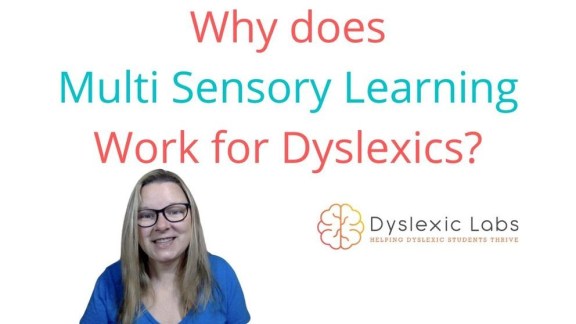The neuroscience behind how we learn to teach lessons that engage two or more senses is used in the definition of multisensory learning. If the activity engages multiple areas of the brain, it can help students develop stronger memories around how to do the activity.
Whole brain learning is the belief that the best way to teach concepts is by involving multiple areas in the brain in multisensory activities. You can help students develop stronger literacy skills by adding visual and audio components to their reading assignments.
The theory of multiple intelligences is one of the reasons why multisensory reading strategies tie into more established educational methods. Interested in using multisensory learning to assist students in class.
It is possible to improve literacy skills by using structured, multi-sensory interventions, however, research shows that there are many other problems with literacy skills. We have a full range of coloured rulers and writing equipment.
At Clear Steps Plus Education, we believe in using multi-sensory learning and teaching in order to improve confidence and academic performance.
Feel free to share with your friends what you've discovered!
What is working memory dyslexia?
It is possible that your child has just been assessed as having a learning disability. It is possible that you have noticed that their memory is not as good as it could be, and that you are starting to think that they are not good at remembering things.
If you are worried about your child's memory, please contact me and I can discuss your concerns. What is the difference between working memory and non working memory?
How good our brains are at juggling and manipulating information as well as discriminating what we should be focusing on is what works with working memory.
→ Why Is Dyslexia More Common in English?
What is eye tracking dyslexia?
There is an association between abnormal eye movements and dyslexic disorders, according to several research articles. The combination of eye-tracking and text reading task proves to be very powerful for the detection of dyslexia and other disorders.
It would be interesting to see if thisholistic approach would be as successful as the one in this task is. For example, applying this approach for the detection of subjects with an increased risk of developing dementia based on eye-movements during a reading activity test.
There are many symptoms of visual disorders that are similar to those of ADD, and also of dyslexia. Functional vision problems can be treated with the help of children and adults who are carrying the label of ADD or dyslexic.
When there are eye teaming, eye tracking, and perceptual problems that can cause words, letters, and numbers to appear to move or jump on a page, it's known as Dyslexia type symptoms.
Many people wrongly think that they or their children have a learning disability because they can see 20 letters in a row with or without corrective glasses. Many of these same children and adults have never been tested for or told that they may have a vision disorder.
There are some cases where both problems are present. In rare cases, true dyslexia can still be present after vision disorders are solved, but in many cases what was thought of as dyslexic symptoms disappear once the vision disorders are solved.
→ Neuroscience Unraveled: The Brain Regions Linked to Dyslexia
What is visual stress dyslexia?
When visual stress is suspected, a sight test is carried out, followed by an assessment where a variety of coloured overlays are shown to identify the colour which most reduces the symptoms of visual stress. Is visual stress the same thing as learning difficulties? It is not possible to say yes.
A person with the condition can have problems with reading, writing, spelling and other things. People with dyslexia often suffer from visual stress and will benefit from tinted glasses, but not necessarily from being dyslexic.
Is visual stress related to something? The belief is that the stress is due to a hyper excitability of the neurons in the visual cortex, an area of the brain at the back of the head, which fire.
These cells work quicker than normal, which causes the vision to be messed up when you read. How can visual stress be alleviated? It has been found that colour can help alleviate the symptoms of visual stress.
The research carried out by Professor Arnold Wilkins of the University of Essex and the Medical Research Council has confirmed this. The use of colour can be used in the form of coloured overlays.
A sensitivity to visual patterns, particularly stripes, is what is called visual stress. This condition can cause visual perceptual problems, which can interfere with reading, in some individuals. There are symptoms that can occur despite normal vision.
One current scientific explanation is that the perceptual problems are due to a hyperactivation of the visual cortex of the brain, particularly in more anterior visual areas, which is reduced by precise individual colour.
